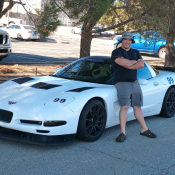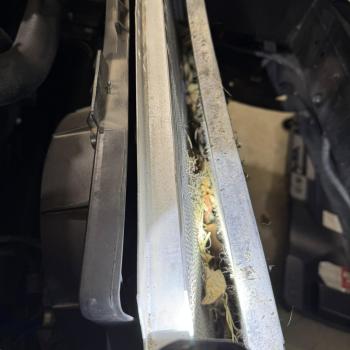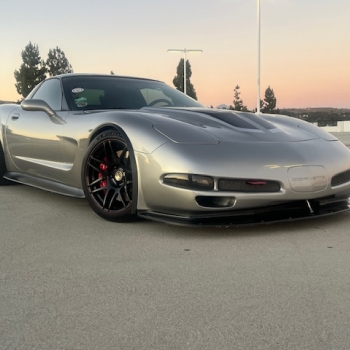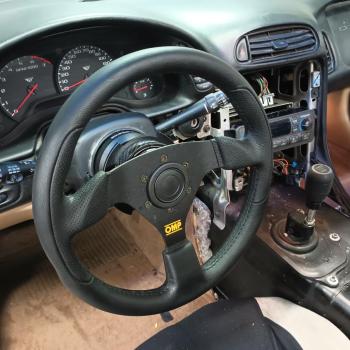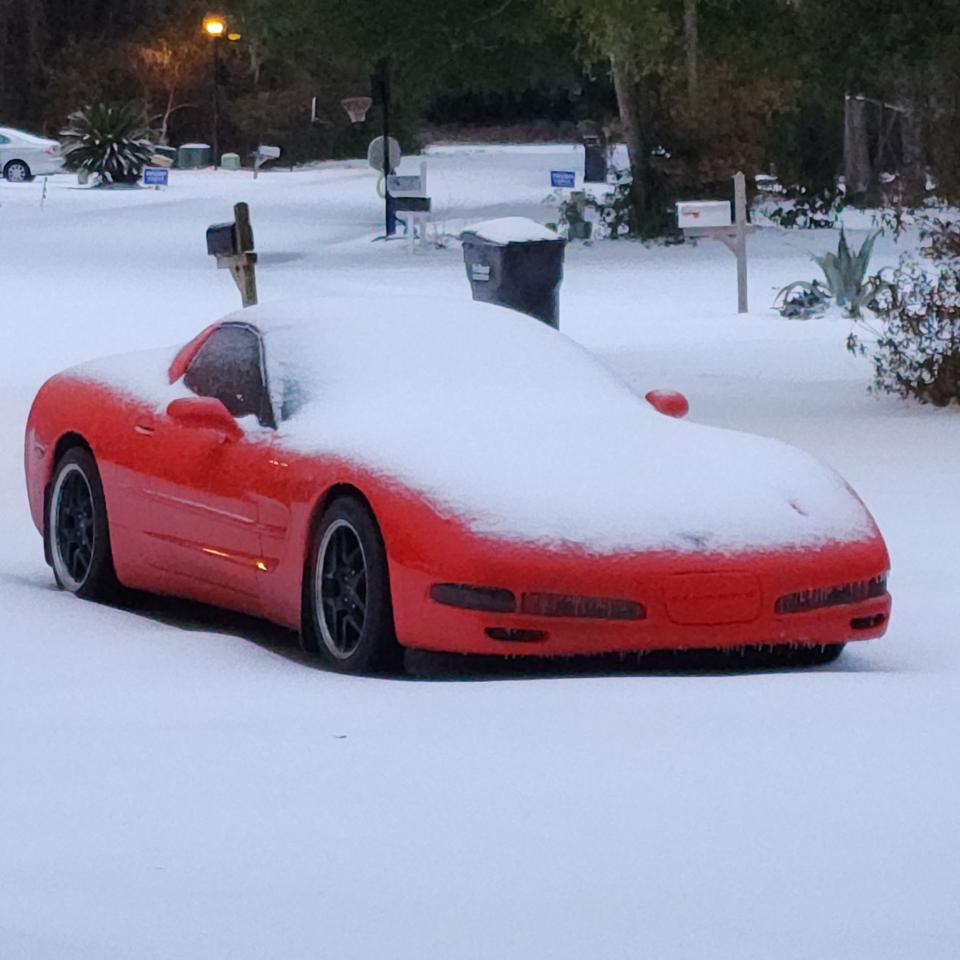
We need to address a statement often used to shutdown conversations surrounding modifying a C5 Corvette:
"The GM engineers knew what they were doing, do you think you know better than their engineers?!?"
This statement has merit, but also fails to recognize just what they engineers intentions were. Let's delve into that with a few important considerations that will help address the nuances of such a statement.
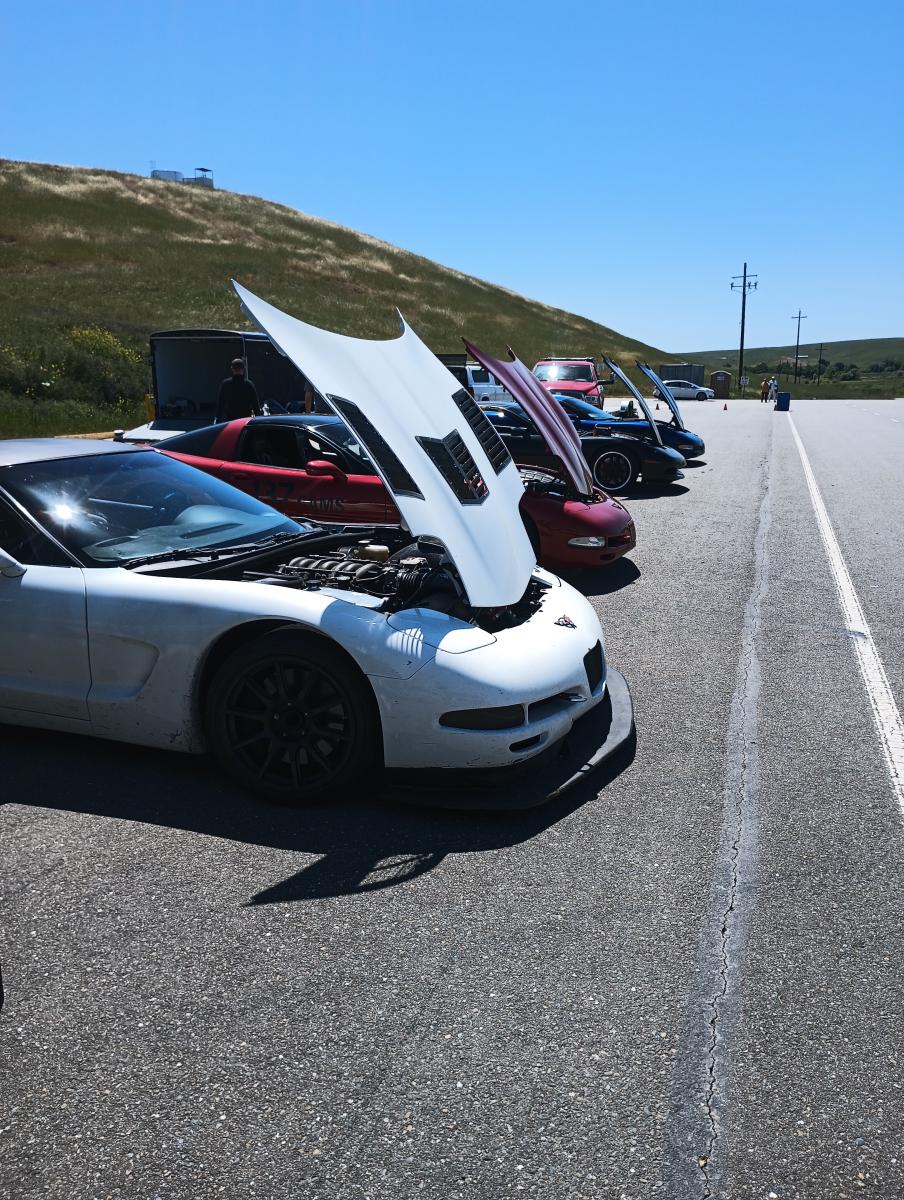
The Corvette was made for mass consumption
If you spend your life trying to be good at everything, you will never be great at anything - Tom Rath
Chevy produced 248,715 C5 Corvettes (1997 and 2004). That is a LOT of cars going all over the country. These cars had to be able to handle snowy Midwest winters, stop and go traffic in the 120 degree summers in Arizona, and there's even a few maniacs who brought these up to Alaska with them. The engineers had to make these cars work everywhere. Below are a few of those considerations to help you recognize that maybe just maybe, not everything the engineers did is the best for you despite being the best for everyone.
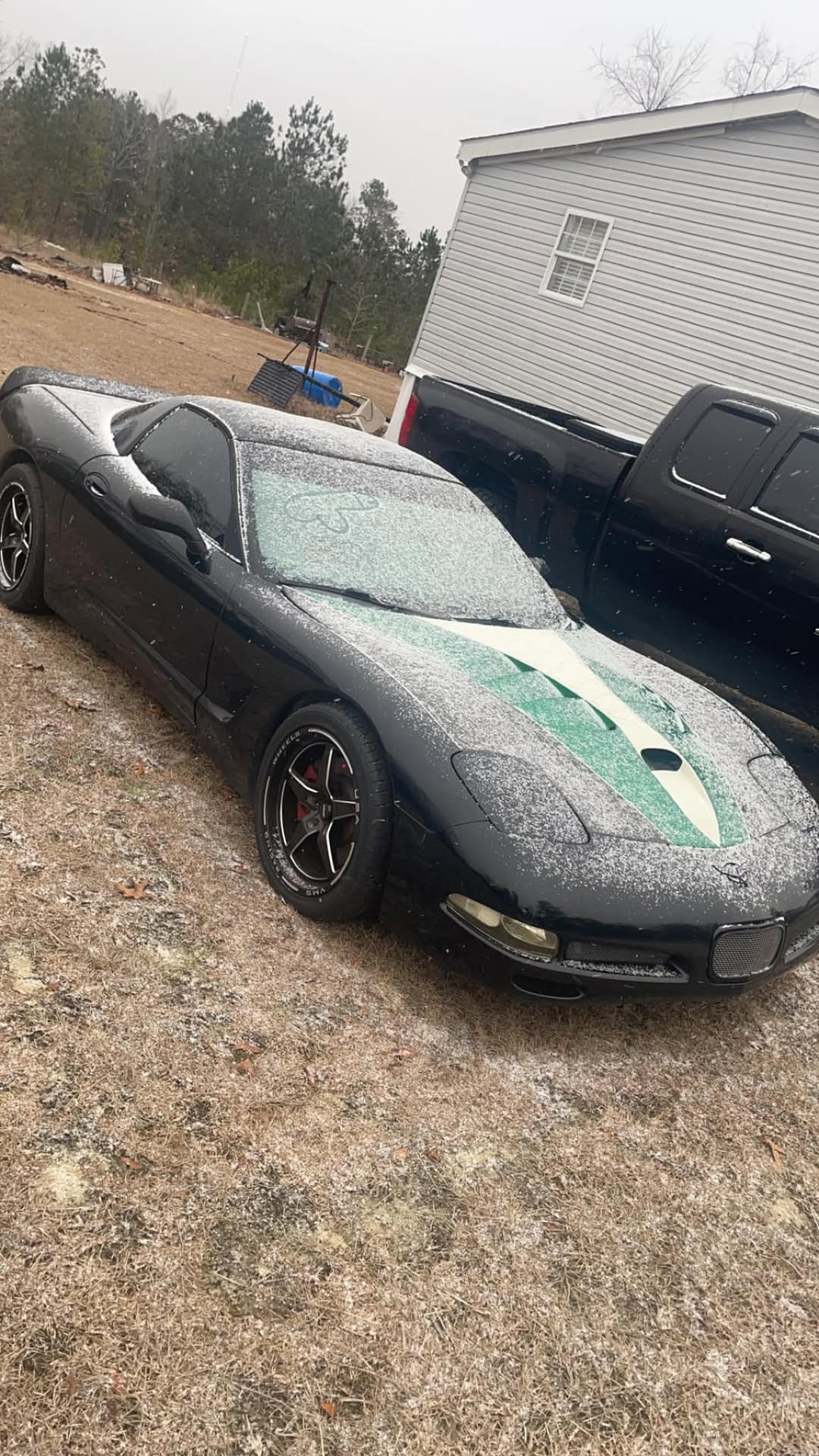
Design Considerations for Freezing Climtes
The C5 Corvette's LS1 and LS6 throttle body have a coolant line running through it. With the thermostat set at 195 degrees you can expect the throttle body to soak up a lot of that heat, which in turn heats up your intake air temperature. It's no secret that cold air produces horsepower, and if you don't believe us feel free to listen to Gale Banks and his group of Engineers instead.

So why would GM engineers introduce warmer air into the intake if it doesn't produce power? They know what they are doing after all! Well, they indeed did, as in colder temperatures approaching 0 degrees the throttle body can start to bind. GM engineers needed a way to heat the throttle body up so as it could move freely, and thus just piped some coolant through the throttle body.
Were they dumb? Not at all! They definitely knew what they were doing. Does this mean that this particular piece of the design is ideal for you? Possibly not! If your car never sees freezing temperatures... don't bother! Could the GM engineers say for certain where any car they built would go? NOPE! Hence all C5 Corvettes came with this, despite only a small minority needing it. Viola, they knew what they were doing, but it's not for everyone.
Design Considerations for Idling in Traffic

So here's another area where GM engineers had to make concessions. Corvettes need to be able to sit in traffic. The car may in fact be stuck in traffic for hours, and folks in Arizona buy and drive these cars in the summer where temperatures approach 120 degrees. GM engineers had to design for the Corvette to be able to idle for hours sitting at 120 degrees.
Now if you're street driving a Corvette, we definitely can't guarantee you'll never get caught in traffic. Trust us, if we could we'd sell that guarantee and we'd own c8corvettes.com instead of C5corvettes. Some performance applications though have different needs.
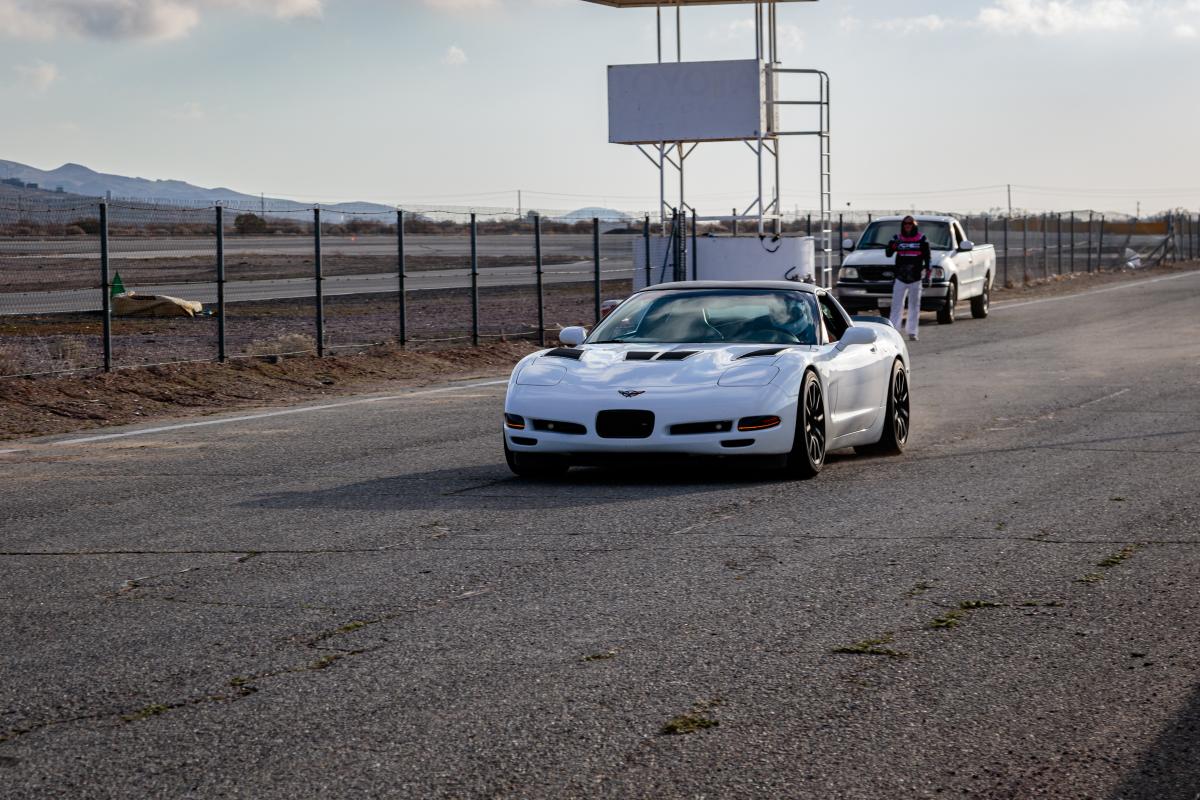
Take for example tracking or racing a C5 Corvette. Incase you're unfamiliar, the C5 Corvette disables the fans above 35mph. The fan is disabled at that speed as air through the radiator will exceed the air the fan can pull, and thus the fan will become a restriction. On a race track it's very rare you'll drop down to below 35mph for any significant amount of time, save entering or exiting the track and navigating the hot pits which is generally quite limited in time.
Thus, by acknowledging those two different needs, one can see why the GM engineers did a great job making a shrouded dual fan radiator... but why the person just tracking or racing their car would perhaps want to seek a higher flow alternative to the OEM fan shroud.
Convenience vs Function Requirements

Just to get ahead of the possible hate here, we're not age shaming anybody. If you've managed to get a Corvette in your life that's awesome. From the $5000 salvaged beater to the six figure C8, you earned one of these cars and it's yours to appreciate. To quote a fellow from CorvetteForum:
I'm over 70 and have owned about eighteen Corvettes. I have no problem with people that make fun of older owners. What I will say to those that thinks it's funny. If your lucky you'll be a senior citizen who drives a Corvette, if not lucky you'll be dead. So make fun of old people with Corvettes and pray you'll live a long time and drive new Corvettes so you can be mocked too.
So with that out of the way... it's important to acknowledge that these cars both needed to appeal to buyers of all ages, but also overwhelmingly don't sell as well to reckless 20 year old street racers. In fact, to quote an influential engine builder...
If you can't throw it off the side of the track and not cry about it, you've got too much.
So the GM engineers had to make a car with broad appeal, that was also largely going to be livable for a slightly older generation of individual. Need an example of where such a design consideration was made? Look no further than the fake wheel well vents.

The C5 Corvette design has a notable cutout towards the rear of the front fender which is angled inwards towards the wheel well. In theory, this is for venting pressure build up in the wheel well, helping reduce lift on the front end of the car. However, this did not make it onto production cars. Why? did the C5 Engineers just make it for style and it had no functional value?
No... it's because a wheel well vent there sprays dirt all up and down the side of your car. Drive your car on even a modestly dirty and damp road with these vents opened up and you'll find you've now got a wonderful dirt representation of how the airflow from the wheel well vent works... and then you get to clean up said representation afterwards.
Say what you will, but the type of person buying a brand new Corvette are nearly always going to want to keep it nice and clean. Constantly combatting dirt being sprayed up the side of their car isn't going to make such a person happy. Thus, the wheel well vents were left as faux for aesthetic purposes.
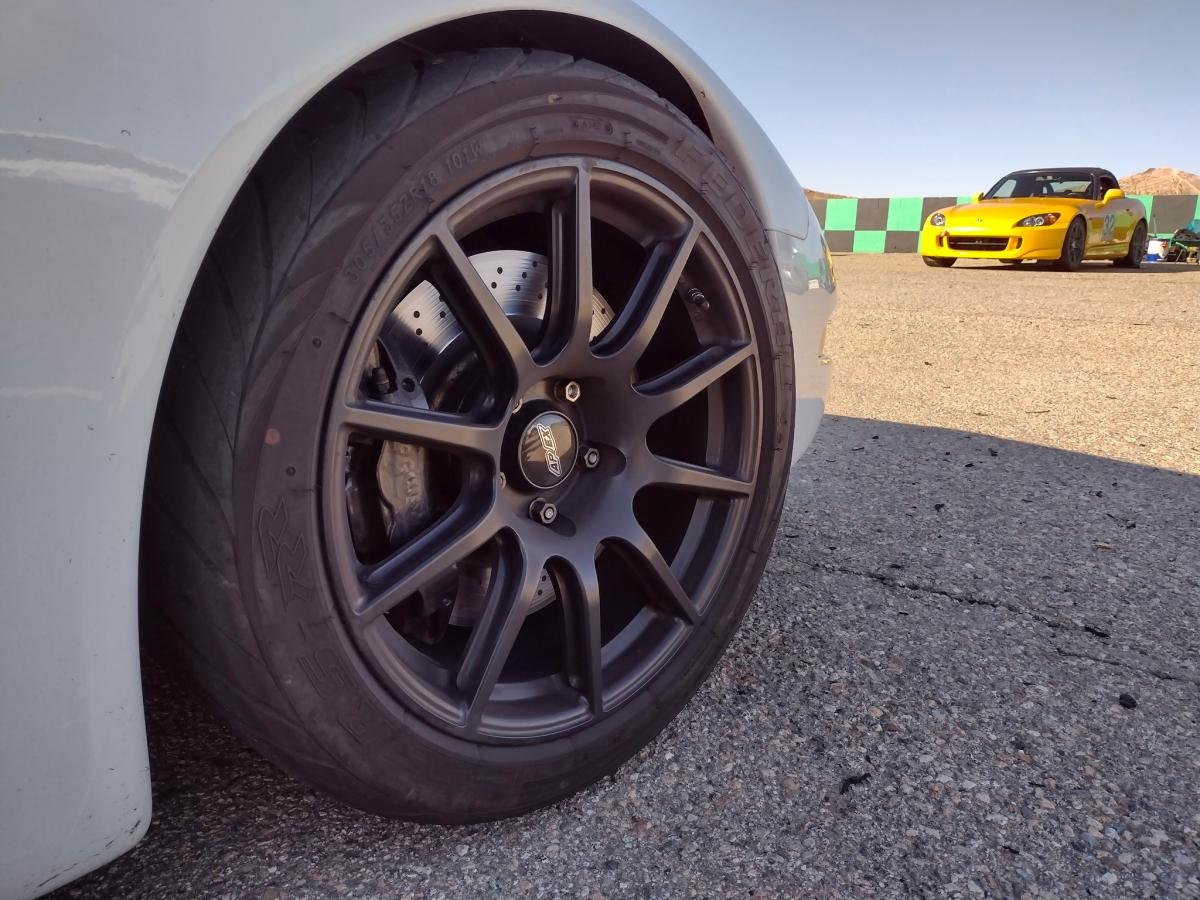
GM Designed the Brake System to max potential, it cannot be improved.
So it is indeed a fact that the GM engineers designed the braking system of the C5 Corvette to it's max potential. The factors that go into that max potential are important though. The system was designed to it's maximum based on having a certain width of tire, with a certain weight of rotational mass, on a particular tread wear of tire, with a brake pad that is palatable to drivers of all types. The brakes were also designed to work in a wide variety of situations, such as traveling on the highway then suddenly needing to make a maximum potential stop from cold.
Did the GM engineers know what they are doing? They indeed did. Those brakes in stock format meet the needs of everyone who will drive a Corvette stock. The brakes also don't spray brake dust everywhere pissing off folks who want to keep their cars clean, the brakes stop to maximum potential from cold... yeah the engineers nailed all of that. Hat's off to them.

Now what if you change the parameters of the equation, is the answer going to be the same? If you add much wider tires, you've both increased the braking potential through additional grip but also increased rotational mass. Increase the grip further through lower tread-wear tires and you've also now increased the braking potential. Add in that your requirements may not be stopping from cold but instead thermal capacity for endurance racing where your brakes are only cold through the first three braking zones... well now you've got quite a different equation.
Could the GM engineers design a car that does all of those things? Not really, there's compromises in all of it. Ultra grippy pads that are going to stop a 200TW 315 width tire are going to lock up a normal width tire quite fast, making for an unpleasant driving experience plus increasing braking distance instead of reducing it. Plus, at some point there's these pesky accountants who are going to say "no we can't afford to ship all of these cars with 315 width tires on all 4 corners, we'll go broke." Then if you've ever heard the squeal of high end track focused brake pads... you'll know that your average buyer would be pissed leaving the lot with a car that squeals every time it comes to a stop.
So did the GM Engineers nail the brakes? They sure did! Does the equation change with upgrades or different driving needs than that of the general population? Yes, it does and can infact yield improvements. Both can exist at the same time.
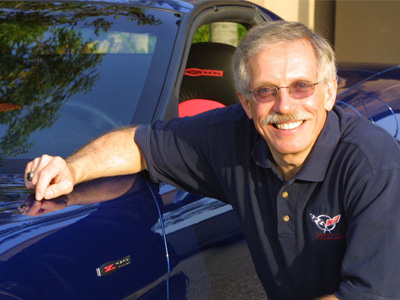
So ultimately, hats off to the engineers at GM that made the C5 Corvette. They nailed it. It's a killer car still carving it up on back roads and race tracks over 20 years after it's release. It puts many far more modern cars to shame for performance, and it kicked off the legendary LS series of engines.
Can you improve upon a legend? Yes, you indeed can. That said, be aware, you can also make it worse. From adding boost to your car without supporting mods to help keep it cool to lowering the car and mucking up the factory suspension geometry... there are common modifications done to these cars that can make them radically less reliable or performant.
Whatever choices you make with your Corvette though, go enjoy it and have fun. It's yours, you earned it.

